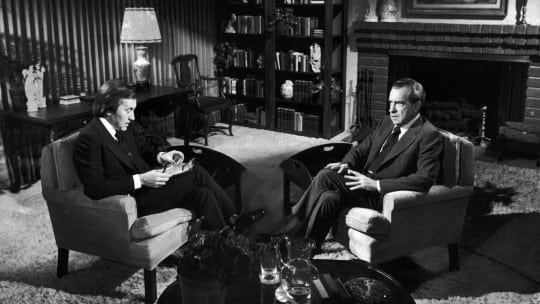
Scenario 1: You're a veteran PR pro leading communications for a suddenly hot start-up, and you've just gotten a request from a broadcast network for a live interview that day with your 22-year-old CEO. The CEO has given you the green light to schedule the interview.
Scenario 2: You're fairly new to PR and you're leading communications for a suddenly hot start-up. You've just gotten a request from a broadcast network for a live interview that day with your 22-year-old CEO. The CEO is at that moment cavorting with orphaned orangutans in the jungles of Indonesia and has asked you to speak on behalf of the company in the broadcast interview.
In either case, you're going to need these tips for managing body language during a broadcast interview, compiled for PR News' upcoming Media Training Guidebook Vol. 6 by guidebook contributor Maura Fitzgerald, co-founder and partner of Version 2.0 Communications.
- If seated, sit erect but not ramrod-straight, and slightly forward or toward the interviewer.
- If you are standing, do so with arms at the side or one hand in a pocket. Planting one foot slightly in front of the other will help you avoid swaying.
- Should you gesture, do so naturally, not expansively. Keep gestures small and in front of you, and avoid sudden body movement.
- Make your expression match your words. Smile if it is appropriate. Keep a mildly pleasant expression at all times; an expression that looks neutral off camera looks unhappy or angry on camera, so a pleasant face may feel unnaturally “smiley” at first. Practice in a mirror.
- Lean forward slightly and modulate your voice to bring attention to key points.
- Avoid obvious signs of discomfort or nervousness, e.g., foot tapping, clenched fists, shifting back and forth.
- Don’t nod your head to indicate that you understand or are ready to answer the question. Inadvertently, this may convey agreement with the questioner’s premise when you don’t mean to do so. Remain neutral and become animated only when you begin to speak.
- Test yourself on the above points by reviewing your training video with the sound off. Ask yourself: Do I look interested? Do I appear animated and excited? Would I tune into this person if I were flipping channels?
Learn more about all of PR News' series of guidebooks for PR pros.
Follow Steve Goldstein: @SGoldsteinAI
